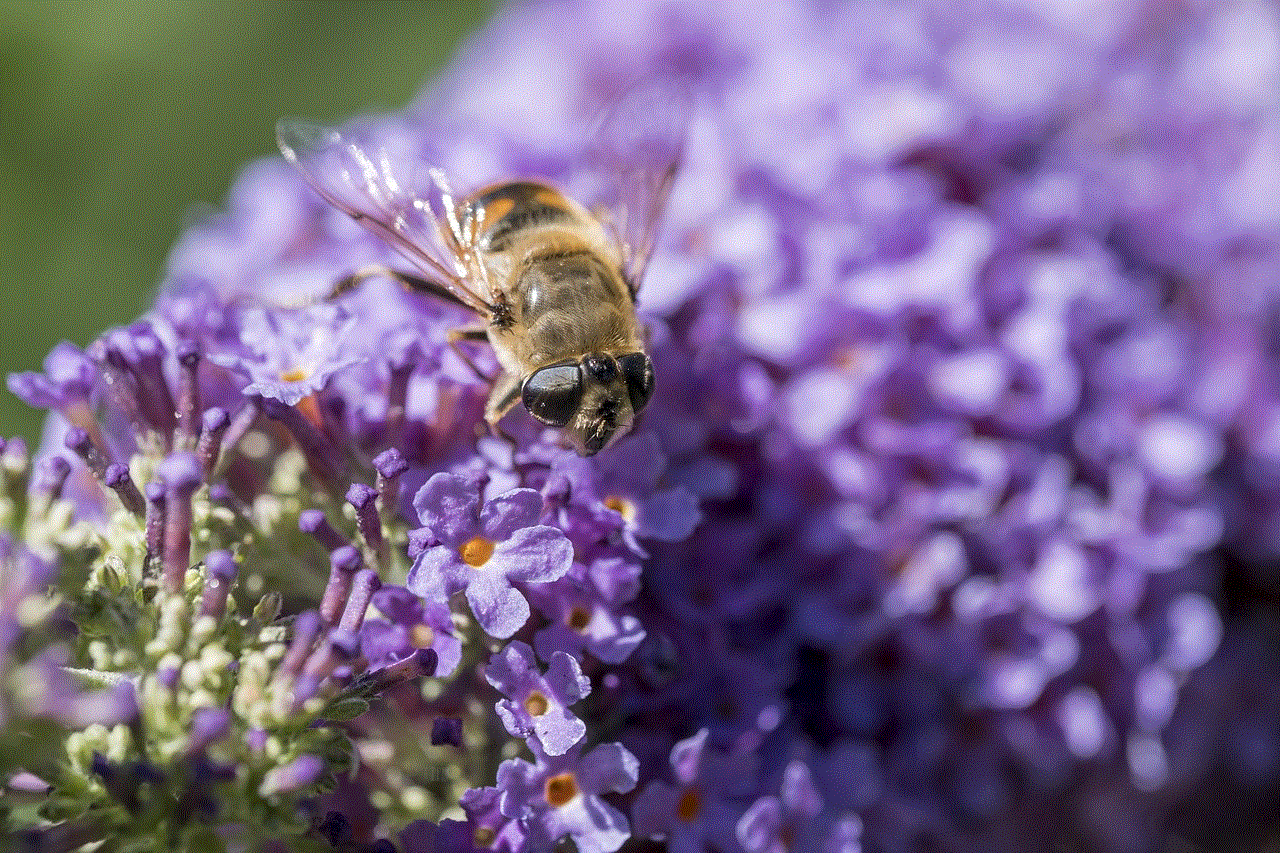can you screenshot an instagram post
In today’s digital age, social media has become an integral part of our lives. Among the many platforms available, Instagram stands out as one of the most popular and influential. With over 1 billion active users and an average of 95 million photos shared daily, Instagram has become a hub for sharing personal moments, promoting businesses, and gaining popularity. And with its visually appealing interface and easy-to-use features, it’s no wonder why people are always looking for ways to capture and save their favorite Instagram posts. This brings us to the question, “Can you screenshot an Instagram post?” In this article, we will dive deeper into this topic and explore the various aspects of screenshotting an Instagram post.
First and foremost, let us understand what exactly is a screenshot. A screenshot is an image captured by a device to record and save the current display on your screen. It is a handy feature that allows you to capture and save important information, interesting articles, or memorable moments. With just a press of a button, you can take a screenshot of whatever is on your screen, including an Instagram post. However, the question remains, is it allowed to screenshot an Instagram post?
The answer is not as straightforward as it seems. Instagram’s terms of use do not explicitly mention anything about screenshotting posts. However, it is generally considered a violation of copyright laws to take someone else’s content without their permission. This is where things can get a bit tricky. When you post something on Instagram, you are essentially giving them the right to use your content in any way they see fit. This includes allowing other users to screenshot your posts. But what about when you want to screenshot someone else’s post? The key here is to obtain the owner’s consent before taking a screenshot.
Now, you might be wondering why someone would want to screenshot an Instagram post in the first place. There could be several reasons for this. For starters, you may come across a post that you find funny, informative, or inspiring, and you want to save it for future reference. It could also be a post from a celebrity or influencer that you admire and want to keep a record of. In such cases, it is always a good idea to ask for the person’s permission before taking a screenshot. This not only avoids any potential legal issues but also shows respect for the original creator’s work.
Another reason why people might want to screenshot an Instagram post is for promotional purposes. Many businesses and brands use Instagram to showcase their products and services. As a consumer, you may come across a post that interests you, and you want to share it with your followers. In such cases, it is crucial to ask for the owner’s permission before taking a screenshot and reposting it on your profile. This not only avoids any legal repercussions but also shows ethical behavior towards the original creator.
However, despite the potential risks and ethical concerns, many people still choose to screenshot Instagram posts without obtaining consent. This is because it is a quick and easy way to save and share content. But what happens when you screenshot an Instagram post? Does the other person get notified? The answer to this is both yes and no. Unlike other social media platforms like Snapchat , Instagram does not notify the owner when someone takes a screenshot of their post. However, there are a few exceptions to this.
If you take a screenshot of a disappearing photo or video on Instagram direct message, the sender will receive a notification. This is to ensure the privacy and confidentiality of direct messages. Additionally, if you take a screenshot of an Instagram story, the owner will be notified. This is a feature called “Stories Privacy,” where users can see who has taken a screenshot of their stories. However, this feature is only available for personal accounts, and business accounts cannot see who has taken a screenshot of their stories.
Now that we have established the legality and ethics of screenshotting an Instagram post, let us look at how it can be done. The process is relatively simple and varies depending on the device you are using. If you are using an iPhone, you can take a screenshot by pressing the power button and the home button simultaneously. For Android users, the process may vary depending on the brand and model of your device. However, the most common method is to press the power button and the volume down button simultaneously.
Once you have taken the screenshot, it will be saved in your device’s gallery. From there, you can crop, edit, and share the image as you wish. However, one thing to keep in mind is to be respectful of the original creator’s work. When you share someone else’s content, it is essential to give them credit by mentioning their username in the caption or tagging them in the post. This not only shows respect for their work but also helps promote their profile to your followers.
In conclusion, the answer to the question, “Can you screenshot an Instagram post?” is yes, you can. However, it is essential to understand the legal and ethical implications of doing so. While Instagram does not explicitly prohibit screenshotting posts, it is always a good practice to obtain the owner’s consent before doing so. And when you do decide to take a screenshot, make sure to give credit where credit is due. By following these guidelines, you can enjoy saving and sharing your favorite Instagram posts without any worries.
pros of cyberbullying
Cyberbullying, also known as online bullying, is a form of harassment that takes place on digital platforms such as social media, messaging apps, and online forums. It involves using technology to intimidate, humiliate, or threaten someone, often with the intention of causing harm. Cyberbullying has become a prevalent issue in today’s society, especially among teenagers and young adults, and it has far-reaching consequences. In this article, we will discuss the pros of cyberbullying, including why it happens, its effects on victims, and the measures that can be taken to prevent and address it.
One of the main reasons why cyberbullying occurs is due to the anonymity and perceived lack of consequences on the internet. People can hide behind a screen and say things they would not dare to say in person. This sense of detachment from the consequences of their actions can lead to increased aggression and cruelty towards others. Moreover, the internet provides a vast reach, allowing bullies to target people from all over the world. This means that victims of cyberbullying may not even know their perpetrators, making it difficult to identify and stop the abuse.
Another pro of cyberbullying is the ease and convenience with which it can be carried out. Unlike traditional forms of bullying, where the bully and victim have to physically be in the same place, cyberbullying can be done from anywhere and at any time. This makes it harder for victims to escape the harassment, as it can follow them everywhere they go. Additionally, with the rise of smartphones and social media, cyberbullying can happen 24/7, making it extremely difficult for victims to find relief or respite from the abuse.
Furthermore, cyberbullying can have a wider audience compared to traditional bullying. When a person is bullied in person, only those who witness the bullying can see it. However, with cyberbullying, the content can be shared and spread quickly, potentially reaching a larger audience. This can lead to further humiliation and embarrassment for the victim, as well as making it harder to remove the content from the internet.
Moreover, cyberbullying can be carried out by multiple perpetrators at once, making it even more damaging for the victim. In traditional bullying, there is usually only one bully targeting the victim. However, with cyberbullying, a group of people can join in and attack the victim simultaneously. This can be even more traumatizing for the victim as they may feel overwhelmed and powerless against a group of bullies.
Additionally, cyberbullying can be more harmful than traditional bullying due to the permanent nature of the internet. Once something is posted online, it can be challenging to remove it completely. Even if the content is deleted, it can still be accessible through screenshots or shared by others. This means that the victim may have a constant reminder of the abuse and may never be able to completely escape it. This can have long-lasting effects on the victim’s mental health and self-esteem.
Moreover, the consequences of cyberbullying can extend beyond the victim. It can also impact the families and friends of both the bully and the victim. In some cases, the parents of the bully may face legal consequences for their child’s actions. On the other hand, the victim’s family may experience emotional and financial strain, especially if they need to seek professional help for their child’s recovery. Cyberbullying can also strain relationships and friendships, as the victim may feel isolated and may have trouble trusting others after the experience.
Furthermore, cyberbullying can have serious consequences on a victim’s academic performance. Being a victim of cyberbullying can cause a decline in grades, attendance, and overall academic achievement. This is due to the emotional distress and anxiety that the victim may experience, leading to difficulty concentrating and focusing on schoolwork. In severe cases, cyberbullying can even lead to the victim dropping out of school.
Moreover, cyberbullying can also have a significant impact on a person’s future. With the internet being a permanent record, the content posted online can potentially affect a person’s reputation and job prospects. College admissions officers and potential employers often check social media profiles to get a sense of a person’s character. If a person has been a victim of cyberbullying, the content posted about them could give a false impression of their character, leading to missed opportunities and damaged relationships.
However, despite the many negative effects of cyberbullying, there are some potential pros of this issue. One of the pros is that it has brought attention to the issue of bullying in general and has sparked discussions about how to prevent and address it. With the rise of social media and the internet, traditional forms of bullying have evolved, and cyberbullying has become a prominent issue. This has led to increased awareness and efforts towards finding solutions to combat bullying in all its forms.
Moreover, cyberbullying has also highlighted the need for digital literacy and responsible internet use. With the internet being an integral part of our lives, it is essential to educate young people about the dangers of cyberbullying and how to be responsible and respectful online. Schools and organizations have started implementing programs aimed at teaching digital citizenship and promoting positive online behavior. This can help prevent cyberbullying and create a safer online environment for everyone.



Furthermore, the rise of cyberbullying has also led to the development of technology and tools to combat it. Many social media platforms and messaging apps have implemented features that allow users to report and block abusive content and users. There are also apps and software available that can monitor and track online activity, providing parents and authorities with the necessary tools to identify and address cyberbullying.
In conclusion, cyberbullying is a prevalent issue that has far-reaching consequences on its victims and their families. It is a form of harassment that takes place on digital platforms and can have a wider audience, making it even more damaging than traditional bullying. It is easy to carry out and can have permanent effects on a person’s mental health and future. However, it has also brought attention to the issue of bullying and has led to efforts towards prevention and awareness. It is crucial for society to continue to address cyberbullying and work towards creating a safer and more respectful online environment for everyone.
phones with best cameras 2016
In today’s digital age, the camera has become one of the most essential features of a smartphone. With the rise of social media and the need to capture every moment, having a high-quality camera on your phone is a must. In 2016, several smartphone manufacturers stepped up their game and introduced phones with the best cameras yet. These devices not only captured stunning photos but also revolutionized the way we think about smartphone photography. In this article, we will take a closer look at the phones with the best cameras in 2016.
1. Apple iPhone 7 Plus
Apple has always been known for its high-quality cameras, and the iPhone 7 Plus was no exception. The phone featured a dual-camera system, with one 12-megapixel wide-angle lens and one 12-megapixel telephoto lens. This allowed users to take crisp and clear photos, with the added benefit of 2x optical zoom. The camera also had a wide aperture of f/1.8, making it suitable for low-light photography. Additionally, the iPhone 7 Plus introduced a new feature called “Portrait Mode,” which used the telephoto lens to create a shallow depth of field effect, similar to a DSLR camera.
2. Google Pixel
The Google Pixel was the first smartphone that was entirely designed by Google, and it did not disappoint in terms of camera quality. It featured a 12.3-megapixel rear camera with an f/2.0 aperture, allowing for excellent low-light performance. The Pixel also had Google’s HDR+ technology, which combined multiple images to create a more detailed and vibrant photo. This phone also introduced the “Pixel Camera” app, which had a simple and intuitive interface, making it easy for anyone to take stunning photos.
3. Samsung Galaxy S7 Edge
The Samsung Galaxy S7 Edge had one of the best cameras of its time, with a 12-megapixel rear camera and an f/1.7 aperture. This phone also had a dual-pixel sensor, which allowed for faster autofocus and better low-light performance. Samsung also introduced a new feature called “Motion Panorama,” which captured a moving image while taking a panoramic photo. The S7 Edge also had a pro mode, giving users more control over their camera settings.
4. LG G5



LG’s flagship device, the G5, also had a top-notch camera. It featured a dual-camera system, with one 16-megapixel standard lens and one 8-megapixel wide-angle lens. This allowed users to take both regular and wide-angle photos, making it perfect for landscapes and group shots. The G5 also had a manual mode, giving users more control over their camera settings, including ISO, shutter speed, and white balance.
5. Huawei P9
The Huawei P9 was a game-changer in terms of smartphone cameras. It was the first phone to feature a dual-camera system co-engineered with Leica, a renowned camera brand. The P9 had two 12-megapixel cameras, one RGB and one monochrome, which worked together to capture more details and produce stunning photos. This phone also had a professional mode, giving users complete control over their camera settings.
6. HTC 10
HTC is known for its excellent camera quality, and the HTC 10 was no exception. It featured a 12-megapixel rear camera with an f/1.8 aperture, optical image stabilization, and laser autofocus. This phone also had a pro mode and RAW support, allowing users to capture and edit photos in their preferred format. Additionally, the HTC 10 had a front-facing camera with a wide aperture of f/1.8, making it ideal for selfies in low-light conditions.
7. OnePlus 3T
The OnePlus 3T was a budget-friendly phone that did not compromise on camera quality. It featured a 16-megapixel rear camera with an f/2.0 aperture and optical image stabilization. This phone also had a manual mode, allowing users to adjust settings such as ISO, shutter speed, and white balance. The front-facing camera had a whopping 16-megapixel sensor, making it perfect for high-quality selfies.
8. Sony Xperia XZ
The Sony Xperia XZ had a 23-megapixel rear camera with an f/2.0 aperture and 5-axis optical image stabilization. This phone also had a laser autofocus system and a new predictive hybrid autofocus technology, which tracked moving objects and ensured they were in focus. The Xperia XZ also had a manual mode, giving users more control over their camera settings.
9. Xiaomi Mi 5
The Xiaomi Mi 5 was another budget-friendly phone that had an impressive camera. It featured a 16-megapixel rear camera with an f/2.0 aperture and 4-axis optical image stabilization. This phone also had a pro mode, allowing users to adjust settings such as ISO, shutter speed, and white balance. The Mi 5 also had a front-facing camera with a wide aperture of f/2.0, making it suitable for selfies in low-light conditions.
10. Blackberry DTEK60



The Blackberry DTEK60 was not a well-known phone, but it had a surprisingly good camera. It featured a 21-megapixel rear camera with an f/2.0 aperture and phase detection autofocus. This phone also had a manual mode, giving users more control over their camera settings. Additionally, the DTEK60 had a front-facing camera with an 8-megapixel sensor, making it ideal for video calls and selfies.
In conclusion, 2016 was a significant year for smartphone cameras, with several manufacturers pushing the boundaries and introducing phones with the best cameras yet. From the dual-camera system on the iPhone 7 Plus to the co-engineered camera on the Huawei P9, these devices revolutionized the way we think about smartphone photography. With advanced features such as pro modes, manual controls, and optical image stabilization, these phones allowed users to capture stunning photos and take their photography skills to the next level. As technology continues to advance, we can only imagine what the future holds for smartphone cameras.
